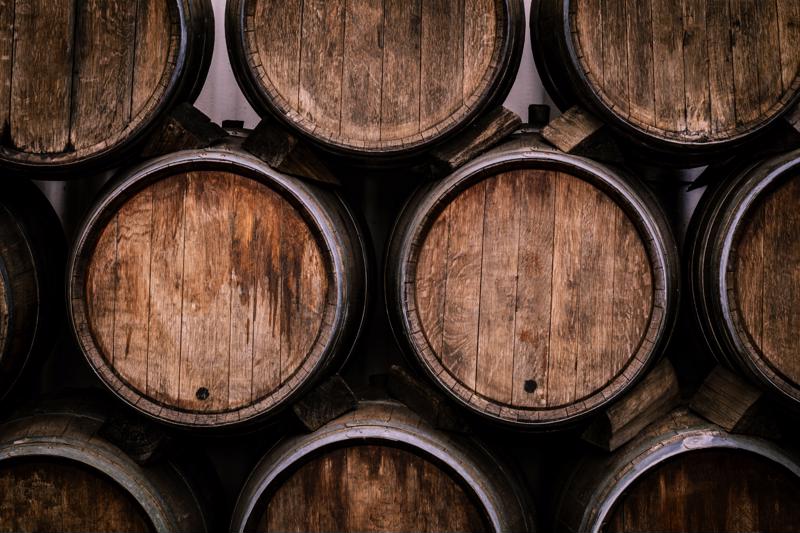Understanding emerging trends in food and beverages is a key part of the job for every chef and student interested in pursuing the profession. Tapping into the interests of customers and offering them dishes that incorporate popular trends is a great way to keep a menu relevant and encourage diners to walk in the front door. Students in the culinary arts program at our Austin campus should understand how one such trend in particular, natural wines, has a major impact both locally and across the country.
 Natural wines offer variations on established flavors and wine types.
Natural wines offer variations on established flavors and wine types.What are natural wines?
There’s a simple definition behind natural wines that’s important to keep in mind. Wine website Vine Pair pointed out that natural wines are simply a subcategory of wines that use as few additives as possible, emphasize organic fruit and use sustainable, organic or biodynamic farming to produce that fruit. Additionally, natural winemakers remove as little from the wine as possible as they make and bottle it. The overall goal is to emphasize the flavor of the grapes, or, potentially, the other fruits involved.
It’s important to note that natural wine isn’t a legally recognized term in the same way as, for instance, bourbon whiskey (which must come from a grain mixture of at least 51% corn and be aged in new, charred oak barrels, among other rules). Vine Pair pointed out that a handful of organizations enforce natural wine standards domestically and abroad. Additionally, politicians in France have pushed to create a legal definition to set it apart from other types of wine, Beverage Daily reported. However, anyone who makes a wine can label it as such, currently. Some people believe natural wines have health benefits, at least relative to other types of alcohol, but these claims are mostly unproven.
The natural wine trend has grown significantly in the latter half of the 2010s, leading to festivals and many other events around this beverage. In Austin, the Wild World Natural Wine Festival included natural wines as well as natural beers, ciders and mead, the Austin American-Statesman reported. There’s a strong consumer base supporting natural wines locally, nationally and globally.
How can you incorporate natural wines into your efforts as a chef?
Natural wines differ from regular wines in some important ways, which can affect the flavor, body and other key characteristics of the beverage. However, it’s still wine and has a taste in line with the general expectations attached to that drink. There are two major area for chefs to consider when it comes to natural wines: Cooking with it and pairing it with foods. Because natural wine doesn’t represent a single style like merlot or pinot grigio, it can be difficult to assess how to both pair and cook.
One of the most direct ways to address this issue is to taste the wines yourself and speak with bartenders, sommeliers and fellow chefs about the natural wines your restaurant could or does stock. There are a few natural wine-specific considerations to make as well. Food & Wine spoke with Jeremiah Stone and Fabian von Hauske, chefs behind natural wine-focused restaurants Contra and Wildair, who noted they generally avoid heavy sauces and meats while emphasizing green, herbaceous and acidic flavors.
Students in our Austin culinary arts program learn about pairing and cooking with wines, among so many other vital topics related to cooking, during their educational careers. To learn more, get in touch with us today.


